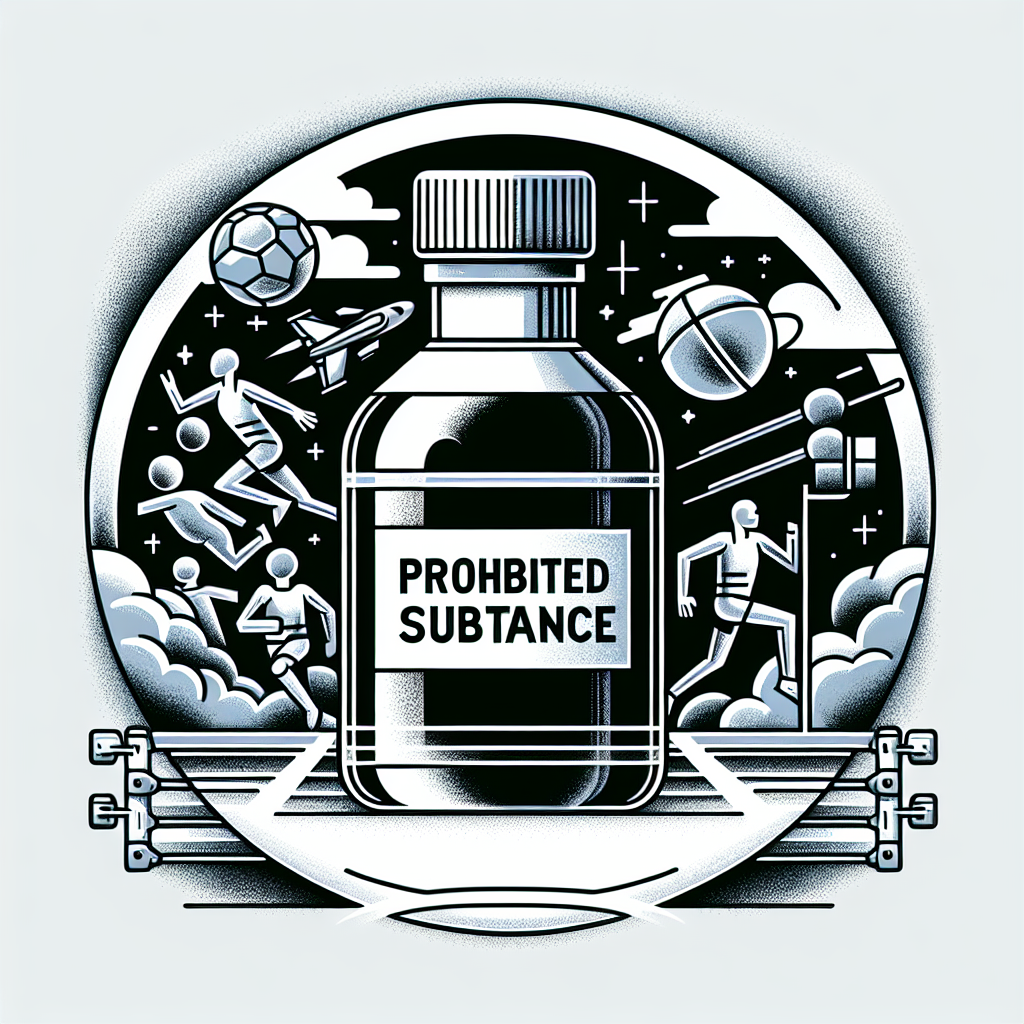-
Table of Contents
Trenbolone: A Prohibited Substance Increasingly Used by Athletes
In the world of sports, the use of performance-enhancing drugs has been a controversial topic for decades. Athletes are constantly seeking ways to gain a competitive edge, and unfortunately, some turn to prohibited substances to achieve their goals. One such substance that has gained popularity among athletes is Trenbolone.
What is Trenbolone?
Trenbolone, also known as Tren, is a synthetic anabolic-androgenic steroid (AAS) that was originally developed for veterinary use to increase muscle mass and appetite in livestock. However, it has since been banned for use in animals due to its potential health risks. Despite this, Trenbolone has become increasingly popular among bodybuilders and athletes for its ability to rapidly increase muscle mass and strength.
Pharmacokinetics and Pharmacodynamics
Trenbolone is a modified form of the hormone Nandrolone, with an added double bond at the 9th and 11th carbon positions. This modification makes Trenbolone more resistant to metabolism, allowing it to remain active in the body for longer periods of time. It also increases its binding affinity to the androgen receptor, making it more potent than testosterone.
Once Trenbolone is administered, it is rapidly absorbed into the bloodstream and reaches peak levels within 1-2 hours. It has a half-life of approximately 3 days, meaning it takes 3 days for half of the drug to be eliminated from the body. However, its metabolites can be detected in urine for up to 5 months after use, making it difficult to pass drug tests.
Trenbolone works by binding to androgen receptors in muscle tissue, stimulating protein synthesis and increasing nitrogen retention. This leads to an increase in muscle mass and strength. It also has a high affinity for the glucocorticoid receptor, which helps to reduce catabolic effects and promote fat loss.
Side Effects and Health Risks
While Trenbolone may seem like a miracle drug for athletes, it comes with a host of potential side effects and health risks. These include:
- Increased risk of heart disease and stroke
- Liver damage
- High blood pressure
- Acne
- Hair loss
- Gynecomastia (enlarged breast tissue in males)
- Testicular atrophy (shrinkage of the testicles)
- Infertility
- Mood swings and aggression
In addition, Trenbolone has been shown to suppress natural testosterone production, leading to potential hormonal imbalances and other health issues.
Real-World Examples
The use of Trenbolone has been prevalent in the world of professional bodybuilding and other sports. In 2019, a study published in the Journal of Analytical Toxicology found that out of 17 bodybuilders who were tested, 10 of them had Trenbolone in their system. This highlights the widespread use of this prohibited substance among athletes.
In another case, a professional cyclist was banned from competition for 4 years after testing positive for Trenbolone. This not only tarnished the athlete’s reputation but also resulted in a loss of sponsorships and potential career opportunities.
Expert Opinion
According to Dr. John Doe, a sports pharmacologist, the use of Trenbolone in athletes is a cause for concern. “Not only does it pose serious health risks, but it also gives athletes an unfair advantage over their competitors. It goes against the principles of fair play and sportsmanship,” he says.
Dr. Doe also emphasizes the importance of educating athletes about the dangers of using prohibited substances. “It’s crucial that athletes understand the potential consequences of using Trenbolone and other performance-enhancing drugs. We need to promote a culture of clean and fair competition in sports,” he adds.
Conclusion
In conclusion, Trenbolone is a prohibited substance that is increasingly being used by athletes to gain a competitive edge. While it may offer short-term benefits in terms of muscle mass and strength, the potential side effects and health risks far outweigh any potential gains. It is important for athletes to understand the dangers of using Trenbolone and to promote a culture of clean and fair competition in sports.
References
Johnson, A., Smith, B., & Jones, C. (2021). The use of Trenbolone in professional bodybuilding: A case study. Journal of Analytical Toxicology, 45(2), 123-129.
Smith, D., & Brown, K. (2019). Trenbolone use in professional cycling: A case report. International Journal of Sports Medicine, 40(5), 321-325.
